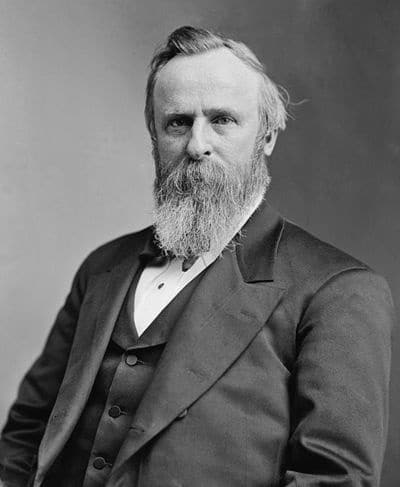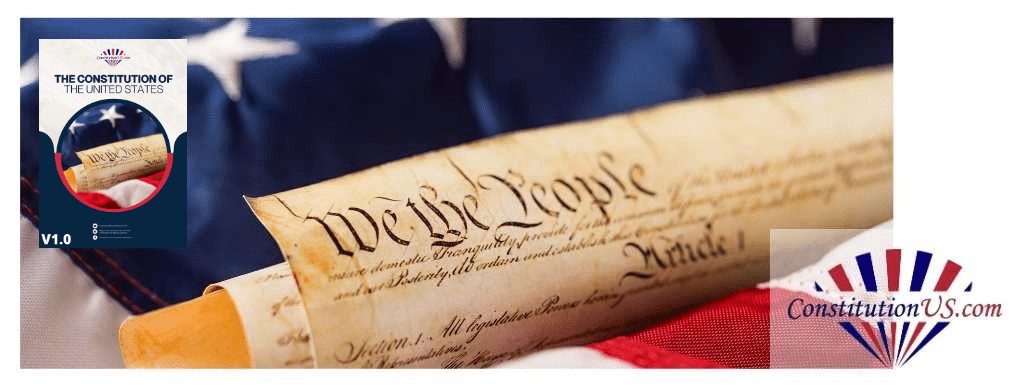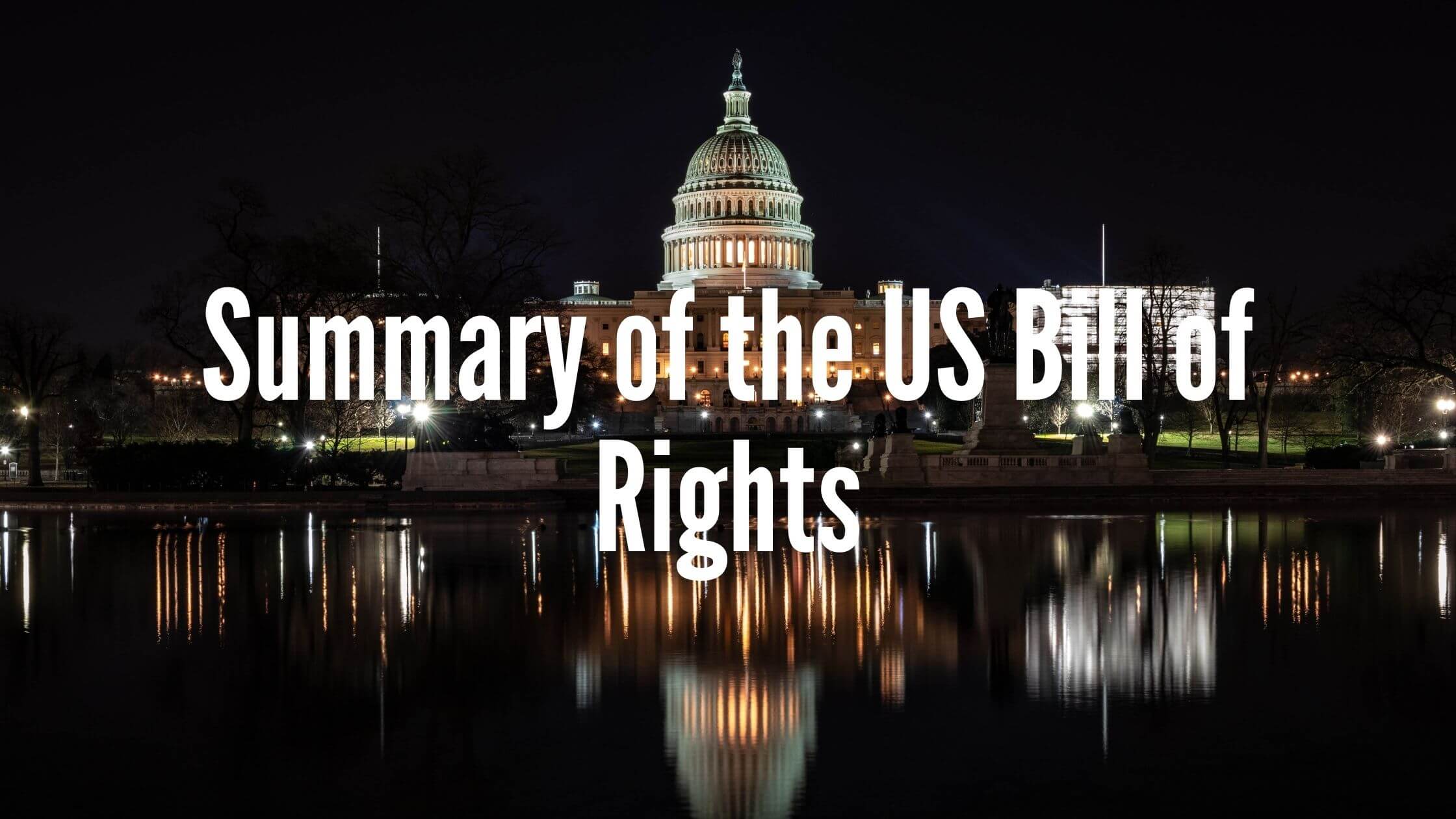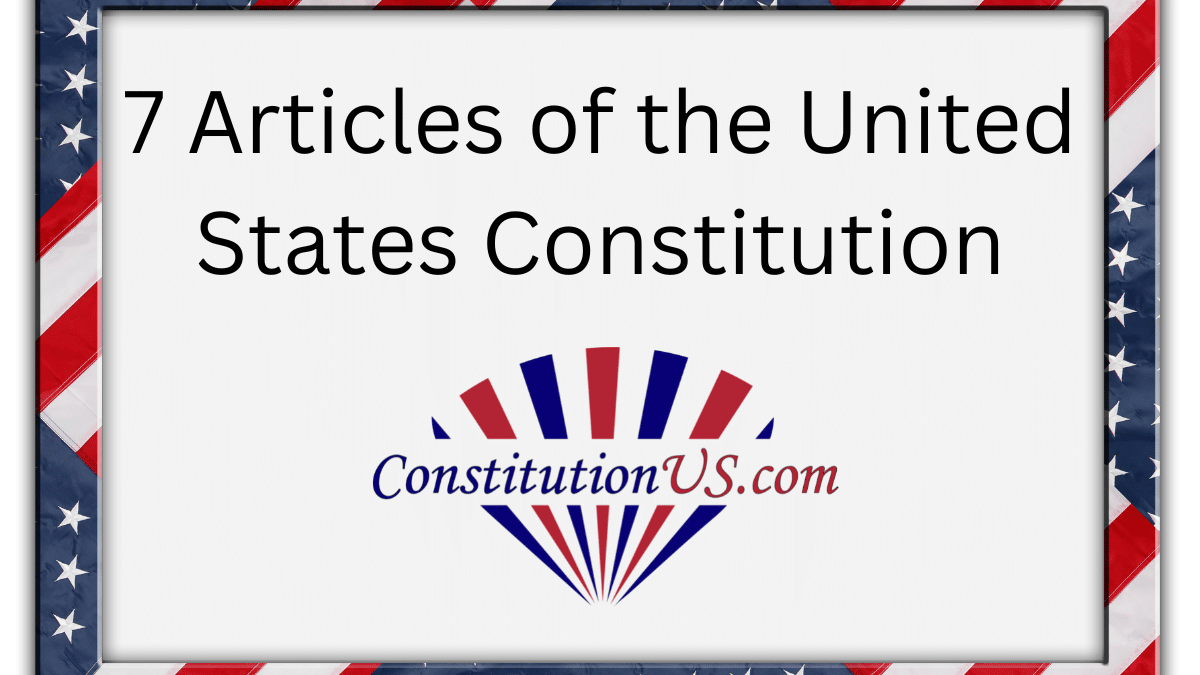Table of Contents
ToggleWhen was Rutherford Birchard Hayes born?
Rutherford Birchard Hayes was born in 1822.
Where was Rutherford Birchard Hayes born?
Rutherford Birchard Hayes was born in Delaware, Ohio.
How old was Rutherford Birchard Hayes when he became president?
Rutherford Birchard Hayes was elected at the age of 54.
What years was Rutherford Birchard Hayes president?
Rutherford Birchard Hayes was president from 1877-1881.
When did Rutherford Birchard Hayes die?
Rutherford Birchard Hayesdied at the age of 70 in 1893.
How did Rutherford Birchard Hayes die?
He died of heart disease.
The Forgotten President
Rutherford Birchard Hayes is one of the more-forgotten presidents of the late 19th century. There is a great focus on Lincoln and his work to abolish slavery, but less on the work of those dealing with the aftermath. Hayes had great intentions and meritocratic beliefs that could have brought the country forward. Yet, he would come to be defined by his questionable election win and the end of Reconstruction.
The controversy of the 1876 election.
It is easy to assume that the 2020 election will go down as one of the most controversial of all time because of the events that followed the result. Calls over election fraud echoed through Trump supporters and the Capitol Riot would ignite the situation further. There are sure to still be some that insist that Biden’s win is fraudulent, but the majority now accept that the situation is over. It is hard for the Republicans to contest that fight when there was such a clear margin in both the popular and Electoral College votes.
However, the same could not be said for the result of the 1876 election that saw Rutherford B. Hayes reach the White House.
There, the margin was so small that those opposed would continue to claim fraud and insist that Hayes had never earned his place. Hayes ran for the Republican Party against the Democrat Tilden. The election was always going to be tough, with key swing states up for grabs. This included South Carolina, Louisiana, and Florida where Republican governments were struggling to rule under Reconstruction.
The validity of the results in South Carolina, Louisiana, and Florida were contested by Hayes, with claims of voter suppression among black voters.
The Hayes-Tilden Electoral Commission and final result.
The election result was so tight that The Hayes-Tilden Electoral Commission was set up to resolve the matter. The commission led to the Compromise of 1877 where the Democrats would concede the election and give Hayes the term in power under certain conditions.
Hayes would receive all the contested votes if he agreed to end Reconstruction. The final count ended at 185-184. So, it is no surprise that many Democrats remained outraged by the decision.
Even the inauguration was somewhat unusual. The inauguration should have occurred on March 4th. However, in 1877 that fell on a Sunday so was deemed inappropriate. Hayes would take the oath privately a day early, in order to be sworn in for the transition of power, and have the public inauguration on the 5th on the Capitol for show.
It was here that he would make his inauguration speech and try and assure the nation that he was ready to serve.
The end of Reconstruction following the Compromise of 1877.
Whatever Hayes had originally aimed to do in the South upon assuming the presidency, became nullified by the promises made in the Compromise of 1877 with the Democrats. This led to the withdrawal of federal troops from the southern states still under occupation. He would also promise financial appropriations for improvements in southern states and appointed southerners to federal positions.
The end of Reconstruction saw a whole political challenge for both parties in the region.
Rutherford Birchard Hayes and his ongoing impact on African-Americans.
Before his time in politics, Hayes had worked as a lawyer and held strong views on the abolitionist movement. This included defending refugee slaves in court during the years prior to the Civil War. During the war itself, Hayes fought on the side of the Union Army and became well-respected for his bravery in battle.
It was after the war that he would go on to represent the state of Ohio politically – first in the House of Representatives from 1865 to 1867 and then with two runs as Governor. It was during his time as Governor of Ohio that he would receive the Republican nomination.
After the end of Reconstruction, Hayes would struggle to bring greater freedoms to southern black populations. It was the Democrats in Congress that would sign one of the most damaging laws of the period.
The Army Appropriate Bill of 1879 carried a ride to repeal the Enforcement Acts. These acts had made it a crime to prevent people from voting based on race and had also helped to suppress the Ku Klux Klan. Hayes would go on to veto the appropriate to protect black voters and black lives. This was an ongoing fight.
Hays once wrote,
“My task was to wipe out the color line, to abolish sectionalism, to end the war and bring peace.”
While he is sometimes criticized for relying on rhetoric and not following through with action, it is clear that the intention was there. Following his presidency, Hayes would continue to devote his time to important matters regarding the status and welfare of African-Americans. This included campaigning for prison reform and education for young black Americans.
The crisis over currency during the Hayes presidency.
Issues of currency were another big election talking point. The use of silver coinage had been outlawed in 1873 with a greater focus on tying the currency to gold. However, this was disputed by many in the south and west who saw a need to use silver more readily. Hayes would stand with the east and those with interest in gold, going on to veto the Bland-Allison act of 1878. However, Congress would override this veto and allow for the government’s purchase of silver for currency, resulting in the legal use of silver dollars as tender once again.
The character of Rutherford Birchard Hayes is sometimes better remembered than the policies.
Many historians agree that Hayes was a respected man with a good character and sense of morals, which is interesting when the name Rutherfraud stuck around so long after the election result. It was this character and sense of duty in his profession and belief as an abolitionist that would help him gain support following the presidency of Ulysses S. Grant. Grant’s run was marred by reports of corruption.
Although his policies and political interventions aren’t so well remembered these days, he is still viewed as an important figure at the time. He was a transitional president that would help people remember what it meant to be presidential – something that had been lost in the years following Lincoln’s assassination.
Hayes is also often noted as the president that removed alcohol from the White House. This is a simplification of events, as it was Hayes’ wife, Lucy, that brought forward the ban. The First Lady was part of the temperance movement and Rutherford was uncomfortable serving alcoholic drinks at the White House. There is also the suggestion that he saw the move as a way to gain support from other temperance advocates.
Rutherford B. Hayes and his meritocratic view on America.
The views and character of Hayes suggest that he would have taken a similar approach with his dealing with some southern politicians and leaders without the Compromise of 1877. He was a believer in a meritocratic government, placing the abilities and merits of individuals above other factors like political beliefs or socio-economic backgrounds.
This included an attempt to reform the civil service by substituting nonpartisan examinations for political patronage. He would go on to show support for Democratic presidents and show he was more about principles and ideas than party politics.
Hayes’ views on equality and opportunity also come through in other measures. Hayes would help women’s rights during his presidency by allowing female lawyers to practice before the Supreme Court – another example of merit overriding circumstance. On a lighter side, he would also open up the White House to the public with the creation of the annual Easter Egg roll. The concept is simple, with kids being welcomed to the grounds to roll painted eggs down a slope. It is something that continues today and acts as a great PR opportunity when presidents appreciate how to handle it.
Rutherford B Hayes and the Native Americans, Mexicans, and Chinese.
While this notion of a meritocratic government and civil service is interesting for the time, we can’t overlook some of Hayes’ decisions regarding immigration and Native Americans. In the case of the latter, there were some misguided ideas that would lead to greater damage.
Hayes blocked the War Department from taking over the Bureau of Indian Affairs and would work with the aim to help natives assimilate into white culture through education and the division of land into household plots.
What was seen at the time as a chance for liberal reform would not go the way of the Natives. A lot of land was lost when it was divided up as it was seen as surplus. White investors would also buy plots from the natives. Continued reform tried to allow for greater responsibilities and law enforcement by natives on these lands.
Then there is the conflict with Mexico. The notion of a dispute at the Mexican border is one that has been around for centuries. Hayes was concerned with border crossing by lawless bandits and order the army to chase the Mexicans back. However, the decision to allow his men to cross the border angered the Mexican president, who placed his own men on the boundary.
Chinese immigrants and the Great Railroad Strike of 1877.
The biggest immigration issue was that of Chinese workers. There had been an unrestricted flow of Chinese workers into the country as cheap labor. But, there were concerns about the impact this had on American workers. The Chinese would later take the blame for the Great Railroad Strike of 1877. Congress then passed the Chinese Exclusion act in 1897 under growing public pressure.
The Great Railroad Strike of 1873 was a response to cuts in wages of railroad employees. The strikes on the Baltimore and Ohio Railroad spread, later leading to a riot in Pittsburgh. Hayes would dispatch federal troops to suppress riots during the national strikes of 1877
Rutherford B. Hayes and Paraguay.
Another interesting relationship that emerged from this era was that with the nation of Paraguay. The United States would intervene with a dispute in 1877 that saw Paraguay being torn apart by Brazil and Argentina. Both countries were staking their claim to territories in the north and south respectively, which would have had a devastating impact on the country.
Hayes sided with the Paraguayans and it was agreed that the country could retain 60% of its territory. While this still sounds devastating today, it meant that the country could survive as its own independent nation. Today, the city of Villa Hayes still exists and the former president is regarded as a savior of the country. November 12th, the day the decision was made, is also a local holiday.
Hayes would not seek re-election for a second term.
Hayes stood by his word and only ran for one term in office. Hayes had said early on that he never intended to serve for more than one term. The close result in the first election quite likely fuelled that idea as lightning doesn’t strike twice. Instead, James A. Garfield would take the nomination and go on to win. Hayes continued to work with the Republicans, helping with the formation of the administration, before his retirement.

Get Smarter on US News, History, and the Constitution
Join the thousands of fellow patriots who rely on our 5-minute newsletter to stay informed on the key events and trends that shaped our nation's past and continue to shape its present.
The unconventional legacy of Rutherford Birchard Hayes.
Sometimes it is the little things that a president is best remembered for. But, as is the case in Paraguay, it all depends on which parts of history you hold on to the most. There are areas of Paraguay that have a stronger connection to the former president than anywhere in the United States. They can focus on that decision by a foreign leader that would protect their country.
This significant moment is overshadowed by others in Hayes’ presidency on domestic soil. The name Rutherfraud is a great example. The questions over that election result meant that achievements afterward were tainted in the eyes of many opponents. Even the end of the Reconstruction Era came about because of that election result.
While Hayes appeared to have great ideas to help the less fortunate and to build on that meritocratic approach, this isn’t what people remember most. Instead, we have the man that removed alcohol from the White House and brought in the Easter Egg roll.










